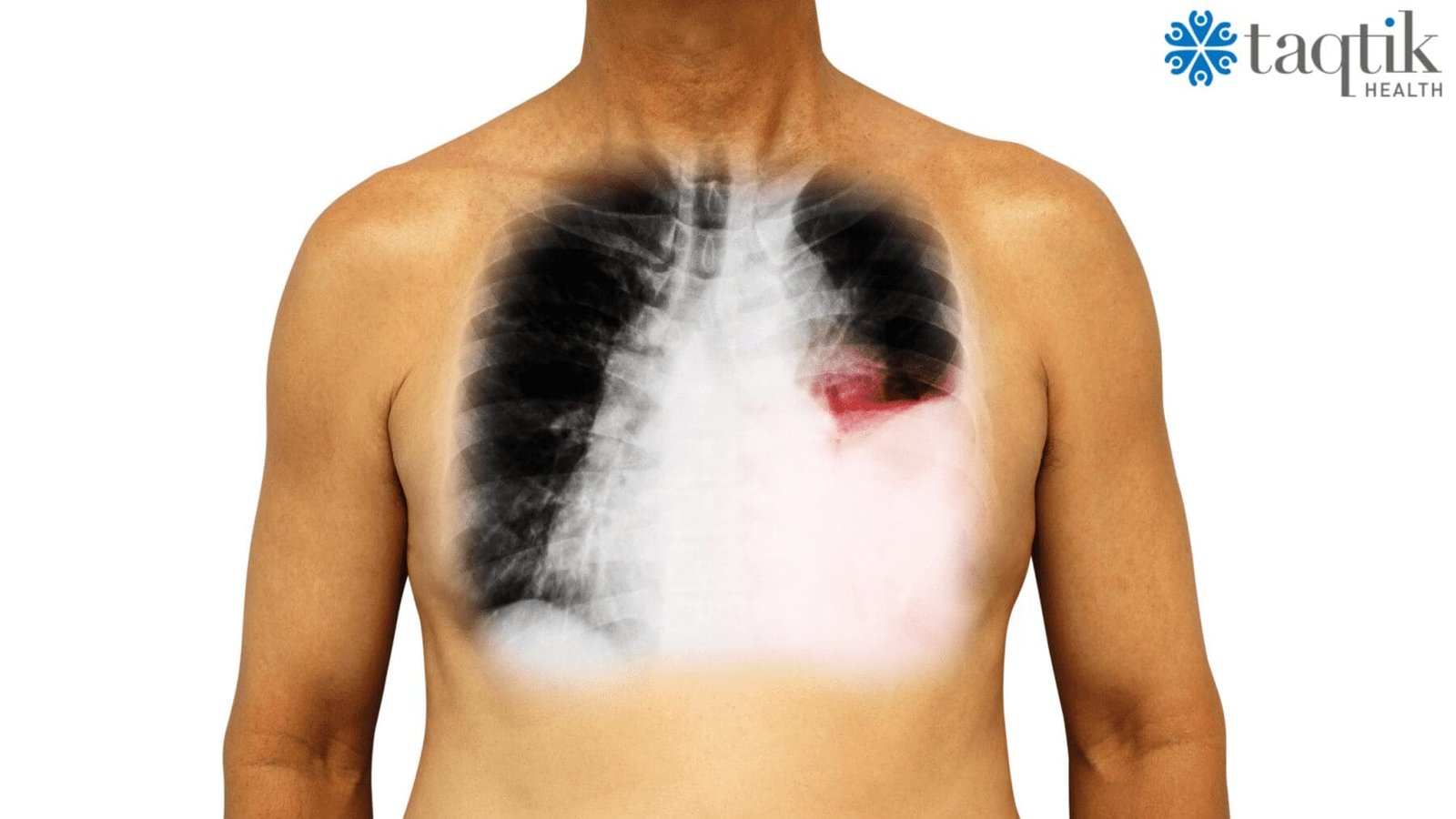Early Signs of Lung Cancer
Not only cigarette smokers but there are nonsmokers who also do get lung cancer and smokers who don't get it. Early signs of lung cancer are very essential for diagnosing lung cancer early.
A major killer of men and women in the world is lung cancer. The main contribution to lung disease is cigarette smoking, secondhand smoke, air pollutants, and other causative factors.
Not only cigarette smokers but there are nonsmokers who also do get lung cancer and smokers who don't get it. Early signs of lung cancer are very essential for them. In Fact, fifty percent of persons who develop cancer of the lungs are previous smokers, and fifteen percent are non-smokers.
Lung Cancer has many symptoms. Sometimes all of them are associated with other illness that has no connection with lung cancer. You should be aware since lung cancer is in the early-stage not shows any symptoms at all. That's why most people will think it's just a small illness or even ignores it.
The following are the Early signs of lung cancer:
1. Shortness of breath
Another regular early sign of lung cancer is briefness of breath which you can only observe with activity. Talk to your physician when you have difficulty breathing in doing any activity.
2. Coughs that do not go away
Coughing is the most common of lung cancer symptoms experienced by 75% of patients. Hemoptysis or coughing out blood is an ordinary sign of lung tumor but may be fairly delicate and you can observe only little quantity of blood traced phlegm if you cough. If you suffer continual cough, consult your physician and look for a second opinion if you can not get an apparent reply.
3. Chest pain or pain in the abdomen
Almost fifty percent of persons with lung cancer suffer some chest pain or aches in the shoulder in time of the findings, particularly aches that increase during breathing and coughing.
4. Any unusual signs or common decline in health
Apparently dissimilar signs, like knee pain, can be a premature sign of lung tumor.
Lung cancer symptoms will show after 10 years or even more. And when it does, the lung cancer stage is already advanced and hard to treat. So should be aware of early signs of lung cancer.
Additional Lung Cancer Resources
Additional resources for lung cancer can be found at cancer.org, Healthline, lung.org, and the mayo clinic.
Cancer Treatment FAQ's can be found on our site here.
Next Steps
You can start your online assessment here. Our online cancer connector is available if you are a patient recently diagnosed with lung cancer, a caregiver caring for a cancer patient, or exploring options for a second opinion. If you have not been diagnosed but suspect you may have lung cancer please make an appointment to see your local general practitioner to arrange to have a diagnosis. If you have any questions and wish to speak or communicate with a patient navigator please make an inquiry here.
Diagnosing Lung Cancer Early
Here are the common ways of diagnosing lung cancer and why early diagnosis increases the chances of survival for patients who have this disease Lung cancer is the fastest-growing smoking-related disease in the world, it is also fastest-growing cancer with almost a million+ people being diagnosed every year around the world. This kind of growth...Continue reading→
Proton Therapy vs. X-rays
Radiation therapy with X-rays is a valuable treatment option for many cancers but its role is limited by the risk of damage to organs adjacent to the tumor site that can sometimes be life threatening. This is because X-rays are highly penetrating, imparting ionizing energy to cells as they pass through the skin and tissues....Continue reading→
MediPolis Technique with Breast Cancer
Medipolis Technique: immobilization for breast cancer radiotherapy It is not always necessary to aim for great precision when the whole breast is irradiated after breast-conserving surgery but targeted proton beam therapy requires immobilization of the breast and this presents practical difficulties for clinicians. Further, there is no consensus on the best position of the patient...Continue reading→
Endovascular Treatment at IGT Clinic
Catheter guided cancer therapy: inject the drug only around the cancer area, instead of whole-body administration, which allows minimizing the dosage of drugs and damage to surrounding healthy organs. Under the advanced imaging instrument and technology, and experienced experts, IGT clinic has a long-time history and repeated patients worldwide. The clinic is located within...Continue reading→
Non-Surgical Cryoablation Treatment of Breast Cancer Tumors
Cryoablation is the technique of using extreme cold to destroy tissue. It has been used for years in medical applications like dermatology, kidney, prostate, and liver to treat both cancerous and non-cancerous tumors. Dr. Fukuma at Kameda Medical Hospital developed the technology to remove breast cancer by non-surgical cryoablation. By this non-surgical treatment, Dr. Fukuma's patients avoid...Continue reading→
Diet and Cancer
Diet is now considered a major factor in the prevention and treatment of cancer. According to the American National Cancer Institute about one-third of the cancers are linked to diet. Thus, right choices of foods can help prevent a majority of new cancer cases and deaths from cancer. Cancer usually develops over a long period....Continue reading→
Colorectal Cancer – Prevention Tips and Treatment Methods
Colorectal cancer, also called colon cancer. In the United States, it is the fourth most common cancer in men and women. The colon is the part of the digestive system where the waste material is stored. The rectum is the end of the colon adjacent to the anus. Colorectal cancer causes 655,000 deaths worldwide per...Continue reading→
About Cancer Research in the UK
Radiation therapy has advanced as well. While more sophisticated equipment and technology does less damage to the surrounding tissues, new discoveries and developments have brought about new and more effective medicines with fewer side effects. This and other advancements have been brought about by ongoing cancer research. Cancer Research UK is one research organization based...Continue reading→









